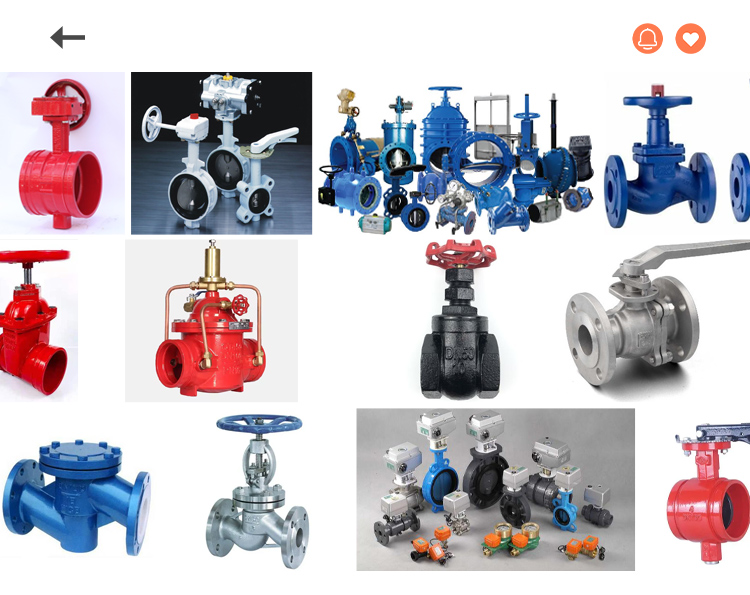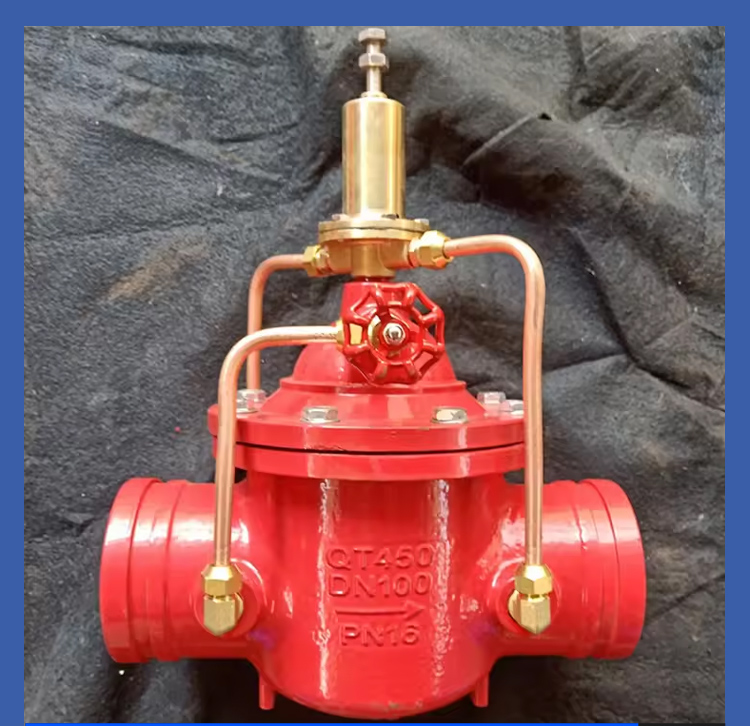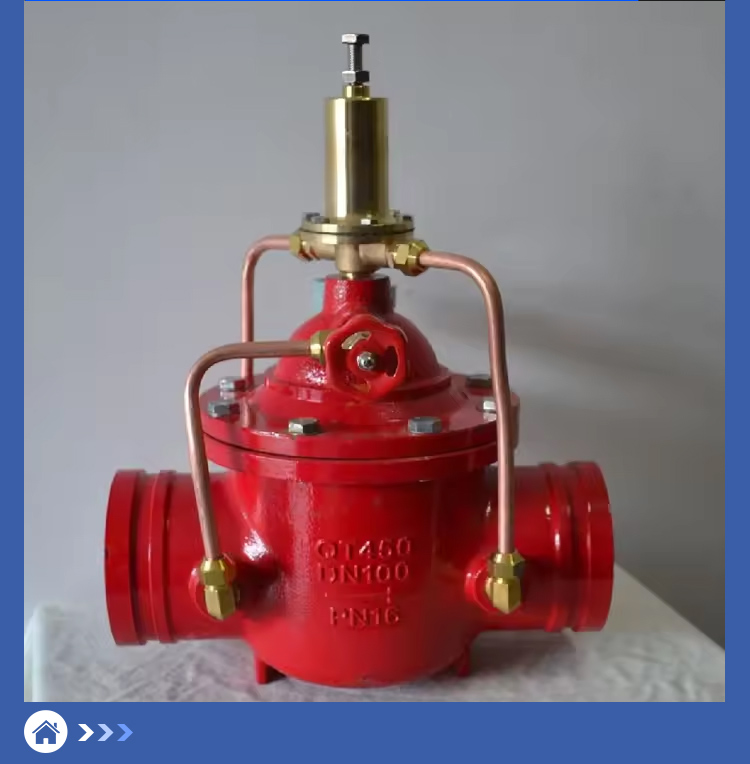1. Sensing pressure changes: When the pressure inside the system exceeds the set value, the pressure relief valve will automatically open.
2. Release pressure: After the valve is opened, excessive medium will be discharged through the pressure relief valve to reduce the pressure inside the system.
3. Automatic shutdown: Once the pressure in the system drops below the set value, the pressure relief valve will automatically close, stopping the discharge of the medium.
Groove relief valves typically need to be used in conjunction with the following types of valves to ensure effective operation and safety protection of pipeline systems:
1. Gate valve: used for opening and closing water flow, commonly used in fire water supply systems and industrial pipeline systems, can control flow and reliably block water flow. A rising stem gate valve or butterfly valve with self-locking device should be installed on the suction pipe of the fire pump, while a check valve or rising stem gate valve should be installed on the outlet pipe
2. Butterfly valve: Suitable for high flow systems such as fire water supply systems and water treatment plants. Due to its compact structure and light weight, it is suitable for occasions that require quick opening and closing and flow regulation.
3. Check valve: used to prevent medium backflow and ensure one-way fluid flow. On the outlet pipe of the fire pump, check valves can be used to eliminate water hammer, especially when the water supply height of the fire pump exceeds 24m, a water hammer eliminator should be used
4. Reducing pressure valve: Installed at the highest point of the fire water supply system pipeline, it is used to maintain the system pressure within the set safe range and prevent overpressure.
5. Backflow preventer: When the fire water supply system is directly supplied by the domestic and production water supply system pipeline network, a backflow preventer should be installed at the inlet pipe to prevent the fire water from flowing back to the shared pipeline network












